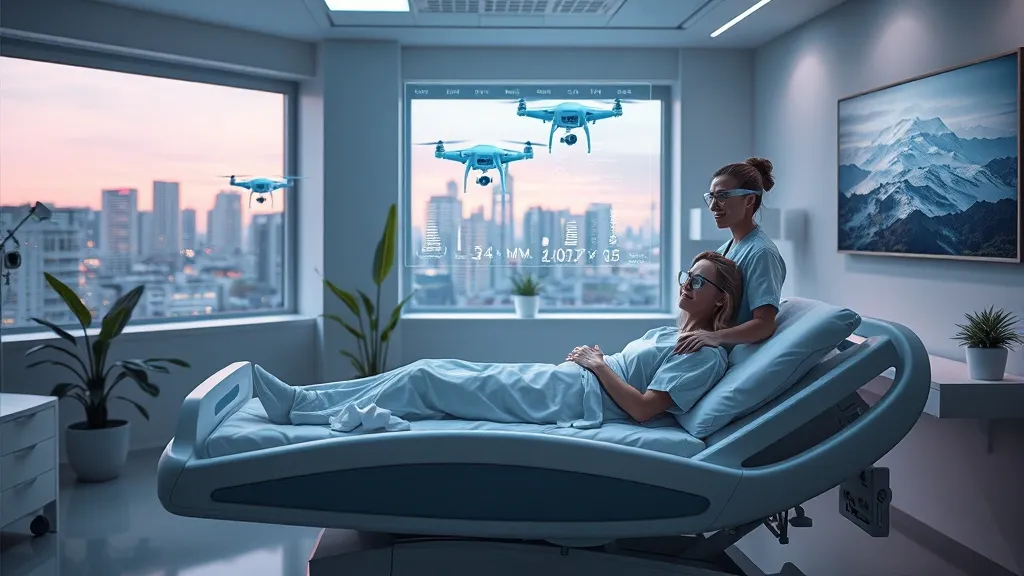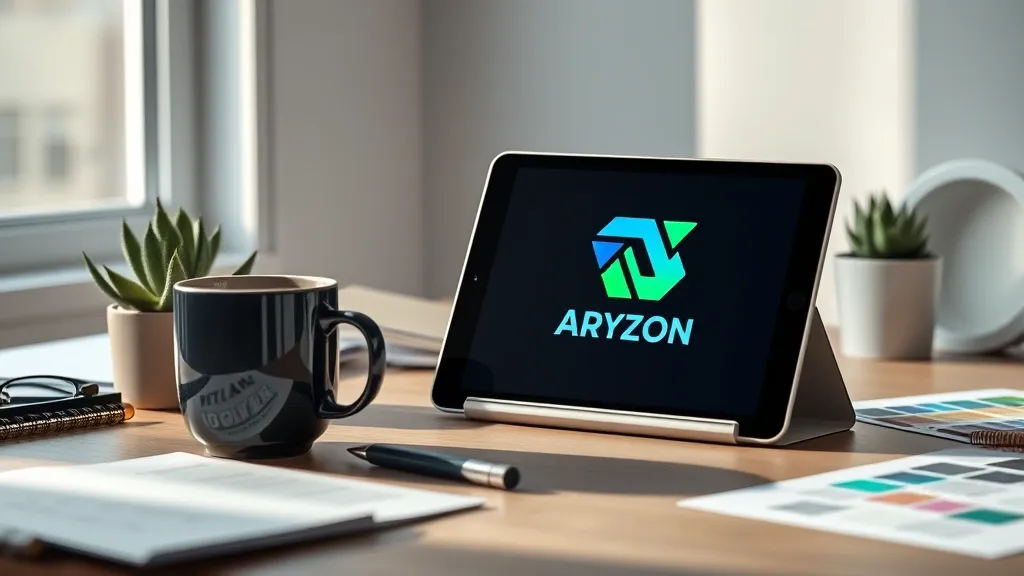The Data-Driven Doctor: How Algorithms Are Becoming Our New Best Friends
You know, it’s kind of wild to think about how much data is floating around in the healthcare world these days. I mean, we’ve gone from doctors relying solely on their instincts and stethoscopes to now having algorithms that can crunch numbers and analyze patient info faster than you can say “what’s my diagnosis?” It’s like having a super smart buddy who’s always got your back – except this buddy doesn’t ask for lunch breaks or need coffee to function.
These algorithms are becoming super helpful in predicting patient outcomes, finding patterns in diseases, and even suggesting treatment plans. Imagine a doctor sitting down with a patient, and instead of just winging it, they have access to a mountain of data that can help tailor the best care. It’s like having a GPS for healthcare – no more getting lost in the woods of symptoms and treatments.
- Predictive Analytics: This is where the magic happens. Algorithms can analyze historical data to predict what might happen next. For instance, if someone has certain risk factors for diabetes, the algorithm can flag it before it becomes a bigger issue. It’s like a health crystal ball!
- Personalized Medicine: We’re all unique, right? Well, algorithms help in creating tailored treatment plans based on individual patient data. It’s not a one-size-fits-all anymore.
- Operational Efficiency: Hospitals are using algorithms to improve their workflows. This means shorter wait times and better resource management. Who doesn’t want that?
But let’s be real for a sec. While algorithms are super cool, they’re not perfect. Sometimes they can miss the human element. Like, how do you code for empathy? Or that weird feeling you get when you just know something’s off with a patient, even if all their numbers look good? Those little nuances are what make healthcare special, and we can’t let algorithms take that away.
So, are algorithms our new best friends? I’d say they’re more like those really smart friends who help us study for exams. They’re here to support us, but we still gotta show up and do the work. As we move forward, finding that balance between human intuition and data-driven insights will probably be the key to revolutionizing patient care. And honestly, I can’t wait to see how it all unfolds!
Telemedicine: The Virtual Waiting Room That Never Closes
You know that feeling when you’re stuck in a waiting room, flipping through outdated magazines, and just wishing you could be anywhere else? Yeah, me too. That’s why telemedicine is like a breath of fresh air in the healthcare world. It’s pretty amazing how technology has turned that old-school waiting room into a virtual space where you can connect with your doctor without even leaving your couch. Seriously, who thought we’d reach a point where a doctor’s visit could be done in pajamas? Sign me up!
So, what exactly is telemedicine? In simple terms, it’s using technology to provide care remotely. Think video calls, messaging apps, and even wearable tech that can send your health data straight to your doc’s office. It’s like having a mini clinic right in your pocket. You can schedule appointments, ask questions, and get prescriptions—all from the comfort of your home, or wherever you happen to be. No more worrying about traffic or sitting next to someone who’s obviously got a cold (ugh).
One of the coolest things about telemedicine is how it expands access to care. For folks living in rural areas, accessing a specialist can feel like a major expedition. But with telemedicine, those long drives and endless waiting times are pretty much a thing of the past. It’s like finally getting a VIP pass to the healthcare concert you’ve always wanted to see.
- Convenience: You can squeeze in a quick appointment during lunch or while waiting for your coffee. Just make sure you mute the call if you’re in a crowded café!
- Efficiency: Less time spent in waiting rooms means more time for you to binge-watch your favorite show or, you know, do something productive.
- Cost-effective: Many insurance plans now cover telehealth visits, which can save you some serious cash compared to in-person visits.
Of course, telemedicine isn’t without its challenges. Technology glitches can happen (we’ve all had that awkward moment where you can’t figure out how to unmute yourself, right?). And not every medical issue can be assessed remotely. But overall, it’s changing the game for patient care by making it more accessible and flexible. Who wouldn’t want a healthcare system that fits better into their busy life?
In a nutshell, telemedicine is here to stay, and it’s shaping the future of how we think about healthcare. So, the next time you need to see a doctor, just remember: you might not need to put on real pants after all!
Wearable Wonders: Health Monitoring That Fits in Your Pocket
So, let’s talk about wearables. You know, those nifty gadgets you strap on your wrist or stick in your ear? They’re not just for tech geeks anymore. Seriously, I remember when I thought fitness trackers were just a fad, but now they’re like little health monitors that fit in your pocket—or on your wrist, I guess. These things have evolved so much, and they’re changing the game for patient care in ways I couldn’t have imagined.
From smartwatches to fitness bands, these devices can track everything from your heart rate to your sleep patterns. I mean, who knew my watch would be able to tell me I’m not getting enough shut-eye? Thanks for that, tech. But on a serious note, these wearables are helping people stay on top of their health like never before.
- Real-time monitoring: Imagine being able to check your vitals whenever you want. If something seems off, you can catch it early. That’s huge! It’s like having a mini doctor on your wrist.
- Personalized insights: Many devices provide feedback based on your data. You can see patterns in your activity or sleep that you might not have noticed otherwise—like that midnight snack might be messing with your sleep quality.
- Accessibility: These gadgets are helping to break down barriers in healthcare. You don’t need to visit a doctor every time you feel a little funny. You can monitor your health from home and share that info with your healthcare provider.
But let’s not forget the social aspect! I mean, who hasn’t participated in a step challenge with friends? It’s like a friendly competition to see who can walk the most, and honestly, I’m in it for the bragging rights. Plus, it’s a great way to keep each other accountable.
Of course, there are some downsides. Privacy concerns are real, and I get it—no one wants their health data floating around in the cloud. But with the right regulations and tech improvements, we can make it work. Overall, wearables are paving the way for a new era in patient care. They empower us to take control of our health and make informed decisions. And let’s be real, anything that helps me figure out if I’ve been couch potato-ing too much is a win in my book!
AI and the Art of Diagnosis: Robots That Actually Care
So, let’s talk about AI in healthcare. It sounds like something straight outta a sci-fi movie, right? But seriously, we’re living in the future, folks! Artificial Intelligence is making waves in the world of diagnosis, and it’s kinda mind-blowing. Imagine a robot that’s not just crunching numbers but actually helping doctors pinpoint what’s wrong with patients. Wild, huh?
First off, AI can analyze data faster than you can say “I need a second opinion.” It sifts through mountains of medical records, lab results, and even patient histories in the blink of an eye. You’d think it’d be like trying to find a needle in a haystack, but for AI, it’s more like finding a needle in a stack of needles. The speed and efficiency are just nuts!
But wait, it gets better. These AI systems aren’t just about speed; they’re also about accuracy. Studies have shown that AI can diagnose conditions like skin cancer or even detect heart issues with impressive precision. It’s like having a super-smart sidekick who’s always on the ball. And let’s be real, sometimes doctors can miss things (they’re human, after all). Having AI in the mix can provide that extra layer of support. It’s like having a best friend who’s got your back during a tough test.
Now, I know what you’re thinking: “But can a robot really care?” That’s a fair question! While they might not be able to give you a comforting pat on the shoulder, AI can enhance the patient experience by freeing up doctors to spend more time with their patients. When a doctor isn’t buried in paperwork or data, they can actually listen to what you’re saying, which is super important when you’re trying to figure out what’s going on with your health.
Plus, there’s something to be said about the potential of AI to personalize treatment. It can analyze your unique health data and suggest tailored treatment plans. It’s like getting a custom-made suit, but for your health. Who doesn’t want that?
- Speedy analysis of medical data
- Increased diagnostic accuracy
- More quality time with healthcare providers
- Personalized treatment plans
In a nutshell, AI is changing the game when it comes to diagnosis in healthcare. While they might not replace the human touch, they definitely bring some serious brainpower to the table. Here’s to a future where robots and doctors work hand in hand—hopefully without any weird sci-fi drama!



